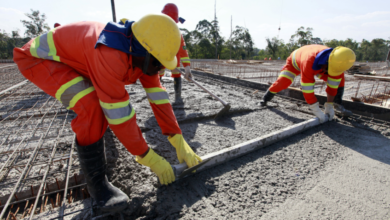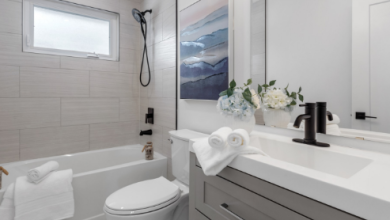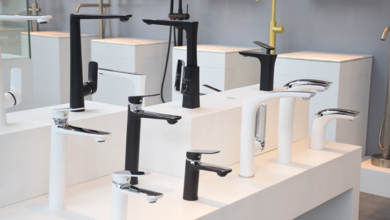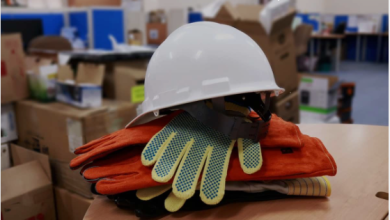A Comprehensive Guide to Pool Barrier Compliance

Pool safety is of utmost importance to protect the lives of children and vulnerable individuals. As a pool owner or operator, it is essential to understand and comply with pool barriers to ensure a safe and secure environment. Ensuring pool compliance in Victoria is paramount, where pools are popular recreational amenities. The Building Regulations 2018 and the Australian Standard AS 1926.1-2012 provide guidelines for pool barriers in Victoria. Shockingly, drowning remains a leading cause of accidental death in Victoria, with 61 such incidents recorded in 2021 alone.
This comprehensive guide will provide valuable information on pool barrier compliance, including regulations, guidelines, and best practices to follow. Adhering to these standards can create a secure and enjoyable swimming environment while minimising the risk of accidents and drowning incidents.
Understanding Pool Barrier Regulations
Pool barrier regulations aim to prevent unauthorised access to swimming pools and spas, particularly by children. While specific regulations may vary depending on the jurisdiction, some common principles and standards apply across many regions. These regulations typically cover aspects such as the design, construction, height, materials, and maintenance of pool barriers.
Fence Requirements
One of the critical components of pool barrier compliance is a properly installed fence around the pool area. The fence should be of sufficient height, typically at least 4 feet or higher, to prevent easy access. Self-closing and self-latching gates with reliable locking mechanisms are essential to ensure the fence remains securely gated when the pool is not in use.
Gate and Door Requirements
In addition to the fence, attention should be given to gate and door requirements. Gates should open away from the pool area and be equipped with self-closing hinges and self-latching mechanisms that are out of reach for young children. The gate latch should be placed at an appropriate height to prevent children from reaching and operating it. Doors with access to the pool, such as those from the house or other structures, should be equipped with self-closing mechanisms and lockable devices.
Windows and Openings
Windows and other openings that provide direct access to the pool area should be considered when ensuring compliance. They should be designed and positioned to prevent easy access, especially for young children. Window locks and restrictors can be installed to limit the opening size and prevent unauthorised entry.
Pool Covers and Alarms
Pool covers and alarms are additional safety measures that enhance pool barrier compliance. Pool covers should be strong and capable of supporting the weight of an adult to prevent accidental submersion. Alarms, such as gates or underwater alarms, can provide extra protection by alerting caregivers when someone enters the pool area.
Maintaining Compliance
Ensuring ongoing compliance with pool barrier regulations is crucial for maintaining a safe swimming environment. Here are some essential maintenance practices to consider:
Regular Inspections
Regularly inspect the pool barrier and its components to identify any damage, wear, or potential issues. Check for loose or broken fence panels, damaged gates or latches, and any signs of deterioration. Promptly address any maintenance or repair needs to maintain the integrity of the pool barrier.
Landscaping and Clutter
Maintain a clear, unobstructed pool area by removing potential climbing aids or objects near the fence. Trim trees or vegetation that could provide access over the pool barrier. Regularly remove toys, furniture, or other items that might entice children to attempt entry.
Read Also: The Hot Spot: A Comprehensive Guide to Water
Educate Users
Educate pool users, including family members, guests, and children, about the importance of pool safety and the rules for accessing and using the pool area. Emphasise the significance of closing gates, not propping them open, and keeping the pool area secure at all times.
Adhering to pool compliance in Victoria is crucial to establish a secure swimming environment and effectively preventing accidents and incidents of drowning. To ensure compliance, pool owners must meet fence, gate, and door requirements, consider window and opening restrictions, conduct regular inspections, and stay informed about regulations. By following these guidelines, pool owners can safeguard lives, prevent penalties, and contribute to pool safety efforts in Victoria, ultimately creating a secure and enjoyable swimming environment for all.




